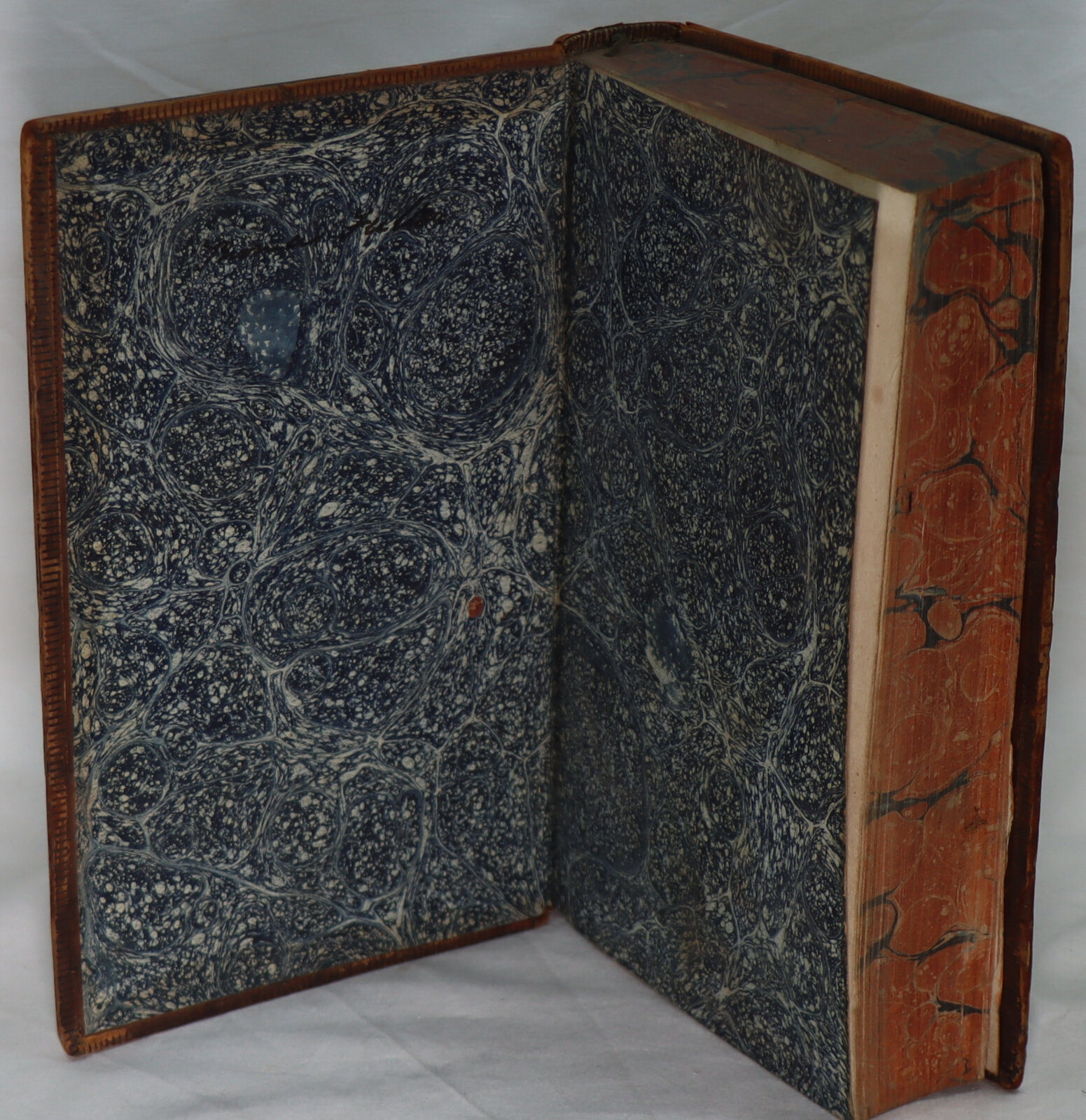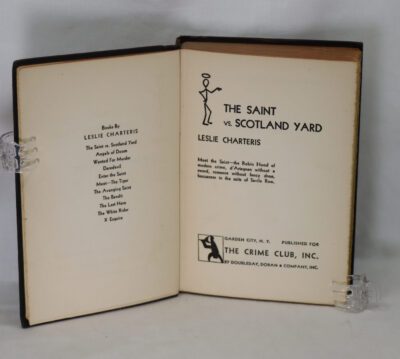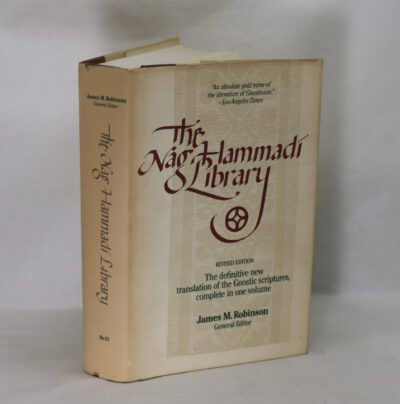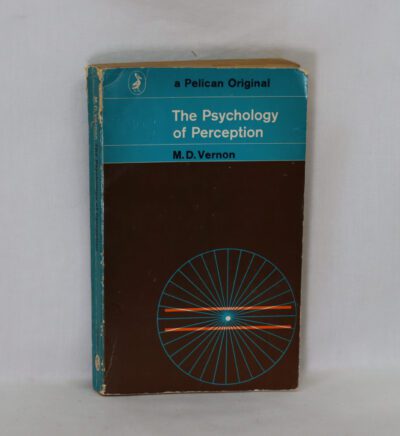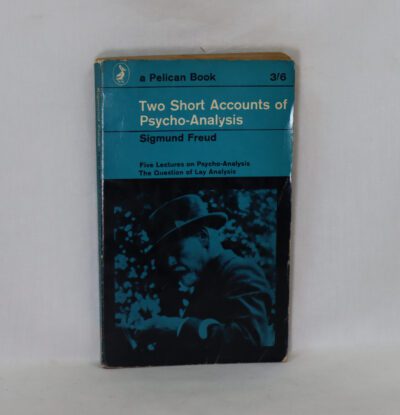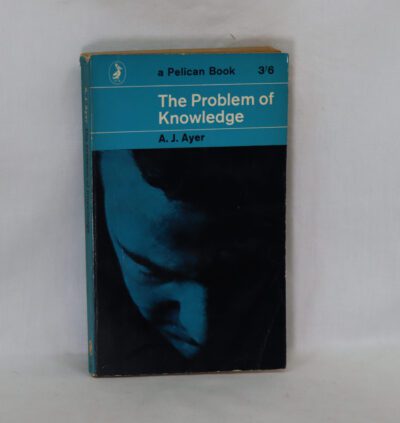Natural Theology.
By William Paley
Printed: 1803
Publisher: R Faulder. New Bond St. London
| Dimensions | 14 × 21 × 4 cm |
|---|---|
| Language |
Language: English
Size (cminches): 14 x 21 x 4
Condition: Very good (See explanation of ratings)
Your items
Item information
Description
Brown and tan streaked calf binding. Worn gilt title and banding on the spine.
-
F.B.A. provides an in-depth photographic presentation of this item to stimulate your feeling and touch. More traditional book descriptions are immediately available.
London, New Bond-Street: R. Faulder, 1803. AN INFLUENTIAL CONTRIBUTION TO BIOLOGICAL THOUGHT & A PARTICULARLY WELL-WRITTEN CASE FOR INTELLIGENT DESIGN & BY WILLIAM PALEY.
We offer the expanded fourth edition. Natural Theology, first published in 1802, is a work of Christian apologetics and religious philosophy by William Paley (1743-1805), an English clergyman. “The book expounds his arguments from natural theology, making a teleological argument for the existence of God, notably beginning with the watchmaker analogy” (Wikipedia). “In this book, Paley laid out a full exposition of natural theology, the belief that the nature of God could be understood by reference to His creation, the natural world” (UCMP Berkeley).
“The fact that Paley’s 1802 book was called Natural Theology is no doubt part of why natural theology as a whole is sometimes equated with the a posteriori investigations of nature for the purposes of supporting religious themes. In the analogy that made Paley’s argument famous, the relationship between a watch and a watch-maker is taken to be saliently similar to the relationship between the natural world and its author. If we were to go walking upon the heath and stumble upon a watch, a quick examination of its inner workings would reveal, with a high probability, that “its several parts were framed and put together for a purpose” by what must have been “an intelligence” (1802: 1–6). Likewise with the universe as a whole” (Stanford Encyclopedia of Philosophy). Item #1479
CONDITION & DETAILS: R. Faulder. New Bond-Street. London. 8vo. (8 x 5.5 inches). pp. [xii], 586, Tightly bound in the original full calf, gilt-ruled at the spine. The lettering on the spine is faded.
William Paley (July 1743 – 25 May 1805) was an English Anglican clergyman, Christian apologist, philosopher, and utilitarian. He is best known for his natural theology exposition of the teleological argument for the existence of God in his work Natural Theology or Evidences of the Existence and Attributes of the Deity, which made use of the watchmaker analogy.
Paley is also remembered for his contributions to the philosophy of religion, utilitarian ethics and Christian apologetics. In 1802, near the end of his life, he published Natural Theology; or, Evidences of the Existence and Attributes of the Deity, his last book. As he states in the preface, he saw the book as a preamble to his other philosophical and theological books; in fact, he suggests that Natural Theology should be read first, so as to build a systematic understanding of his arguments. The main thrust of his argument was that God’s design of the whole creation could be seen in the general happiness, or well-being, that was evident in the physical and social order of things. Such a book fell within the broad tradition of natural theology works written during the Enlightenment; and this explains why Paley based much of his thought on John Ray (1691), William Derham (1711) and Bernard Nieuwentyt (1750).
Condition notes
Want to know more about this item?

Share this Page with a friend

